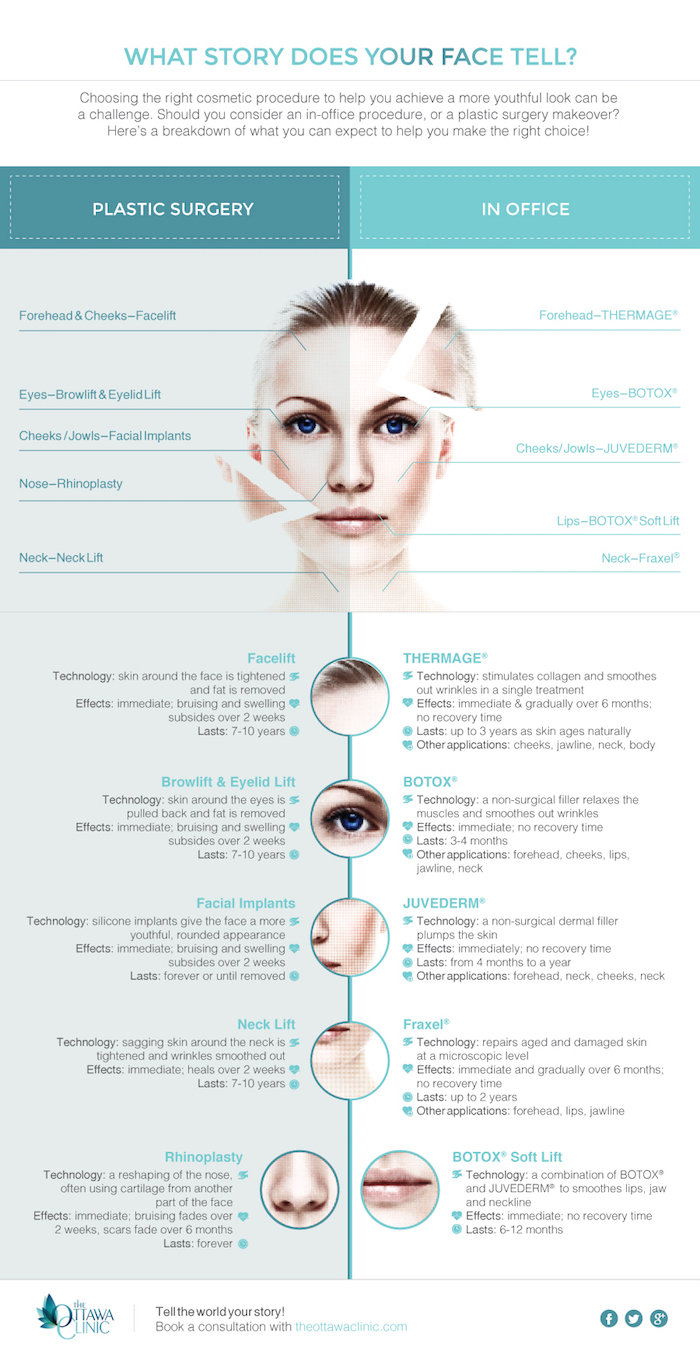How To Layer Skincare For Acne Treatment
How To Layer Skincare For Acne Treatment
Blog Article
Ideal Ingredients For Acne-Prone Skin
Benzoyl peroxide kills bacteria that trigger acne and assists eliminate excess oil. It likewise assists lower the look of dark places that stick around after pimples clear.
Skip components that block pores, like mineral oils, and choose moisturizing active ingredients that aid smooth skin. Seek these four best anti-acne ingredients.
Willow Bark Extract
Willow bark extract is a natural source of salicylic acid. When used at cosmetic concentrations, it can cause a similar impact as synthetic salicylic acid without its disadvantages (primarily inflammation).
The essence includes prodrug salicin, which is quickly metabolized to the active compound, acetylsalicylate. Its anti-inflammatory and analgesic effects come from this metabolite, along with other chemical components of the plant such as phenolic acids, flavonoids, and polyphenols.
It also has sedative homes, which make it effective in treating chronic pain and rheumatic problems such as osteo arthritis. Nonetheless, due to the fact that it has chemicals that simulate pain killers, individuals who have a recognized allergy to aspirin should avoid willow bark supplements. It can additionally connect with a variety of drugs, consisting of aspirin and other nonsteroidal anti-inflammatory drugs (NSAIDs) and cyclooxygenase inhibitors, such as advil (Advil, Motrin), and might raise the threat of tummy bleeding. It can also interact with some diuretics (water pills) and can increase blood degrees of particular medications, such as phenytoin (Dilantin).
Kaolin
Long before AHAs, BHAs and numerous other active ingredients, elegance lovers turned to one of the most effective active ingredients to aid stop breakouts: kaolin. Kaolin clay is naturally adsorbent, which aids to draw excess oil and pollutants from skin. It is utilized in makeup, cosmetics, health spa body treatments, and as a mild rough in toothpaste. It's also made use of in vet medicinal products to deal with digestive system problems and in poultices for treating injuries.
This mineral clay can be white, yellow, pink or red (red kaolin suggests a high concentration of iron oxide) and is often combined with eco-friendly tea leaves to form a comforting face mask. It can likewise be found in face cleansers and is specifically beneficial for those with combination or oily skin.
Geige advises trying to find easy formulas without pore-clogging active ingredients, such as alcohol, which can trigger your skin to overproduce oil in an attempt to make up, resulting in outbreaks. Rather, search for an item which contains fatty alcohols like cetyl or shea, as these are less drying out.
Sodium Ascorbyl Phosphate (Vitamin C).
Sodium Ascorbyl Phosphate (or SAP, for brief) is the "badass natural acne therapy" nobody's speaking about. It's a water-soluble type of Vitamin C that can be used in greater concentrations than its older bro, L-Ascorbic Acid, without ending up being unstable or oxidizing promptly.
Research study shows that it has antioxidant buildings and can help in reducing discoloration. It can additionally be effective at rebalancing sebum manufacturing and combating acne-causing bacteria.
Specialists agree that skin with acne need to be treated with components that both exfoliate and relieve. Look for items that include alpha and beta hydroxy acids (AHAs) to break down dead skin cells and unblock pores, in addition to anti-inflammatory active ingredients like niacinamide. Likewise, look for oil-free, non-comedogenic creams that don't block pores. You'll also wish to incorporate components that are effective at eliminating bacteria, such as zinc sulphate and benzoyl peroxide. Finally, do not utilize active ingredients that contain occlusive representatives, such as dimethicone and cyclomethicone, which can produce an oily film on the skin and obstruction pores.
Aloe Vera.
There are a handful of scientifically confirmed components-- like salicylic acid, benzoyl peroxide, retinoids and niacinamide-- that have actually been shown to aid treat acne by unclogging pores, eliminating bacteria, regulating oil and speeding up skin cell turn over. More natural options like tea tree oil and aloe vera likewise have antimicrobial, anti-inflammatory and comforting homes.
Called the 'plant of eternal life,' Aloe vera is a deep environment-friendly cactus-like plant that contains a gel inside its fallen leaves and can be found in sunburn treatments, aesthetic products and tonics that advertise gastrointestinal health best cosmetics for aging and wellness. Yet the plant is also renowned for its medicinal and medicinal homes, and researchers at the Royal Botanic Gardens in southwest London are investigating its lots of asserted therapeutic advantages-- consisting of the anti-inflammatory residential or commercial property of the gel inside the fallen leave, the ability to regulate blood glucose and cholesterol degrees and its role as an efficient melt wound healer. They are additionally diving into the plant's transformative background to determine what other plants it may be very closely related to that might share several of its useful homes.